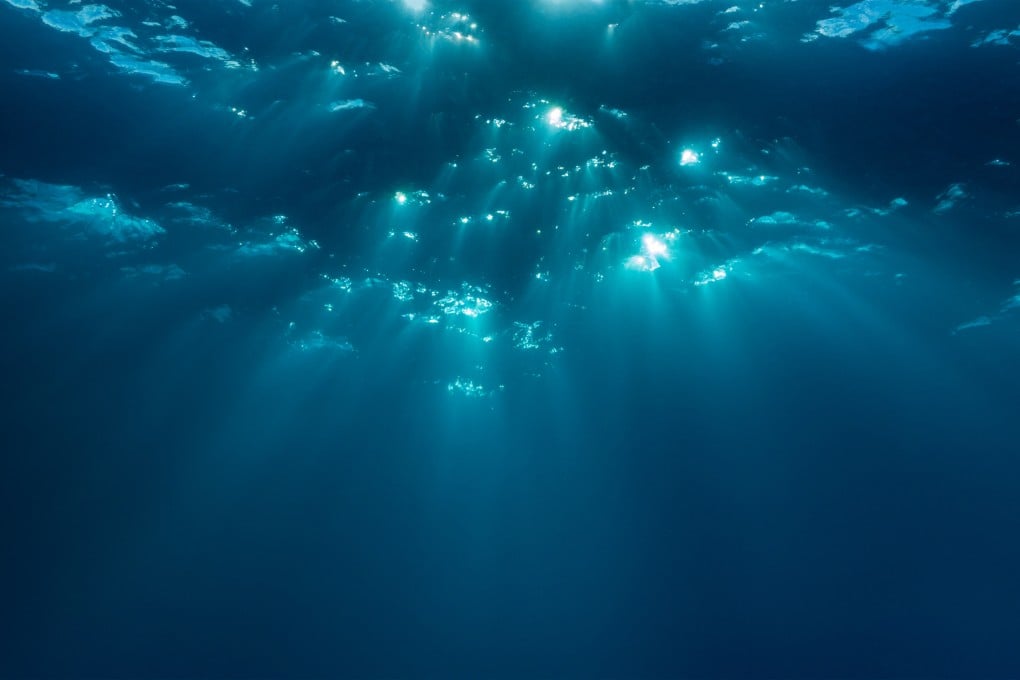China’s deep sea space station: could South China Sea be the next Persian Gulf?
An alien, underwater world could hold the answers to China’s energy security, scientists say, as they work to unlock its mysteries

On March 1, Beijing officially announced the construction of a deep-sea habitat in these methane-rich “cold seep” zones, where six researchers will live for month-long stretches to study gas hydrates – crystalline formations of methane trapped in ice.
With 80 billion tonnes of oil-equivalent reserves – far surpassing the Gulf’s 50 billion-tonne proven oil stocks – these vast hydrate deposits could redefine energy geopolitics.
In that way, the deep sea space station is not merely about energy. “It’s about guarding the oceans,” said Professor Wang Shuhong, a leading marine geologist, in a lecture posted by the Chinese Academy of Sciences (CAS) on social media last month.